Oil spill clean-up resumes at Sentosa, East Coast Park
Black oil slicks and the stench of petrochemicals remain at the beachfronts of Sentosa and East Coast Park two days after the incident.
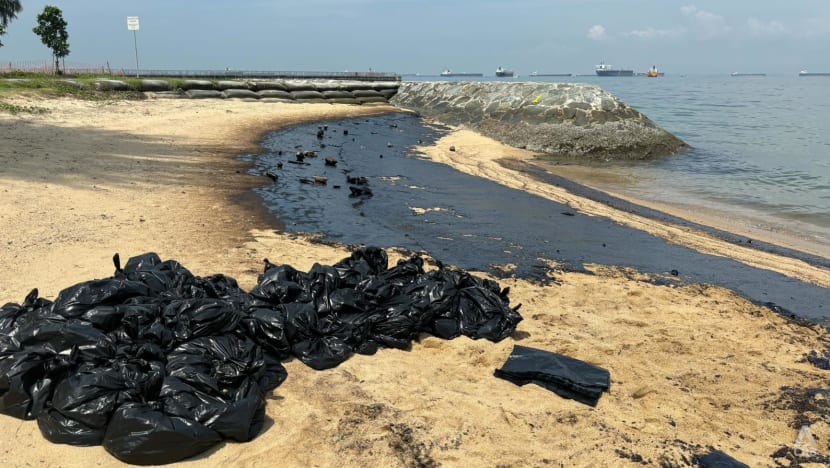
Bags of oil-covered sand are seen at East Coast Park on Jun 16, 2024, two days after an oil spill at Pasir Panjang Terminal. (Photo: CNA/Davina Tham)

This audio is generated by an AI tool.
SINGAPORE: The clean-up of the oil spill that has affected parts of Singapore’s shores on Sentosa and the mainland resumed on Sunday (Jun 16).
At Tanjong Beach on Sentosa, an oil spill response company contracted by Sentosa Development Corporation resumed removing oil from the shoreline at first light.
Workers used shovels to lift layers of sand covered in oil and scooped them into big plastic bags. The bags were then carried off on a skid-steer loader.
When CNA visited at 11am, the smell of petrochemicals could still be detected from the entrance to Tanjong Beach, growing stronger nearer to the sea.
An oil slick could still be seen on the seawater and a rocky outcrop near the shore, as well as on the beach. Some patches of sand were starting to peek through the oil.
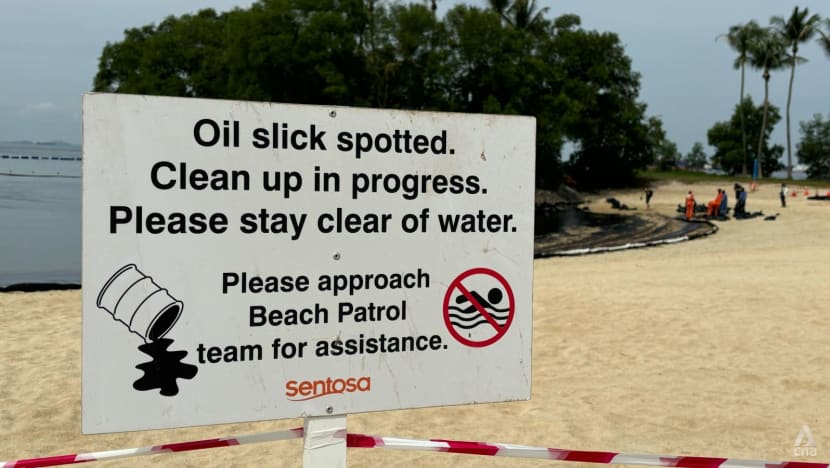
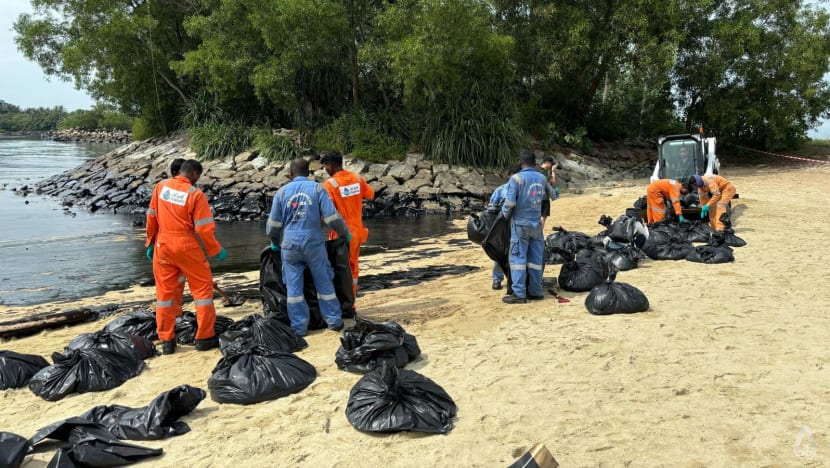
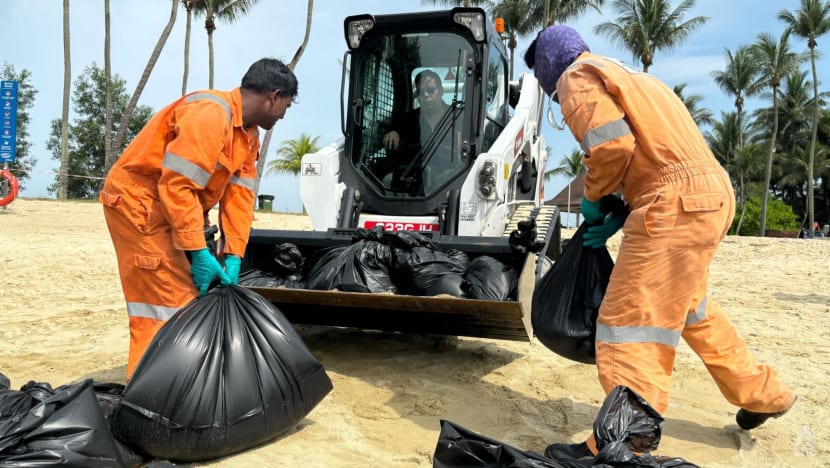
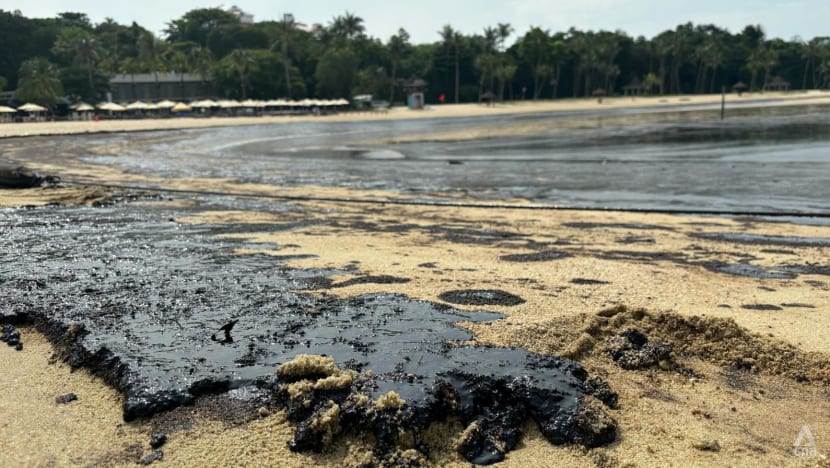
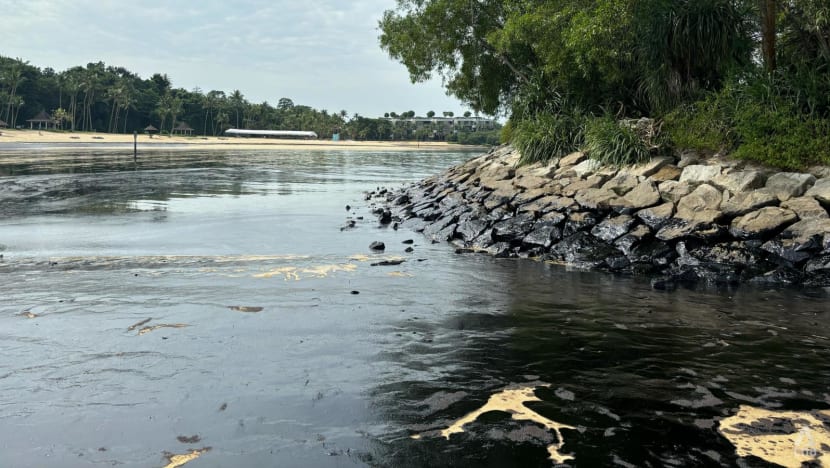
The oil washed up at some of Singapore’s beaches after a dredger hit a bunker vessel at Pasir Panjang Terminal on Friday.
The Netherlands-flagged dredger hit a stationary Singapore-flagged bunker vessel at about 2.20pm, causing some oil from a cargo tank on the vessel to spill into the water.
Sentosa’s Palawan, Siloso and Tanjong beaches remain open to the public, but swimming and sea activities are not allowed for the time being.
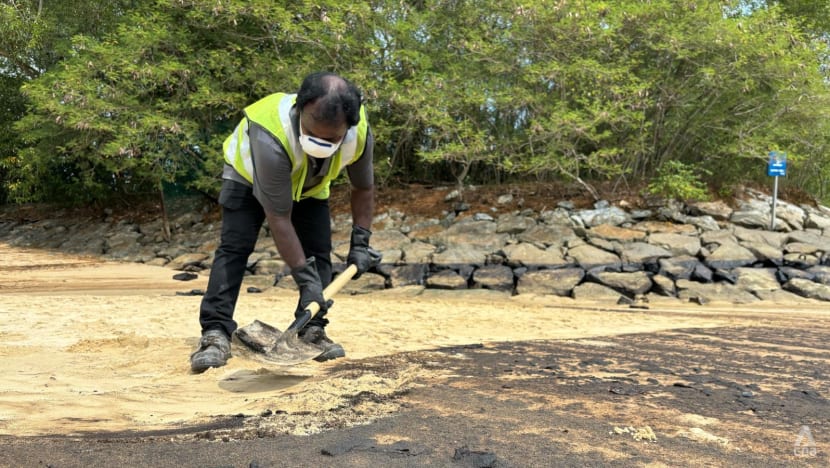
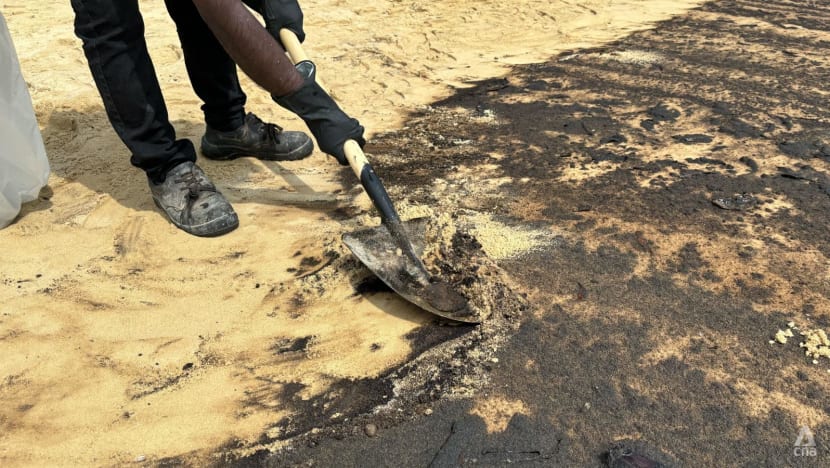
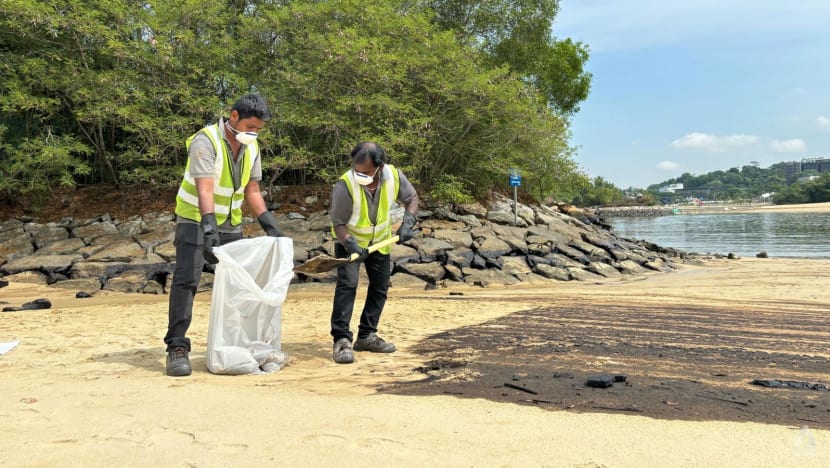
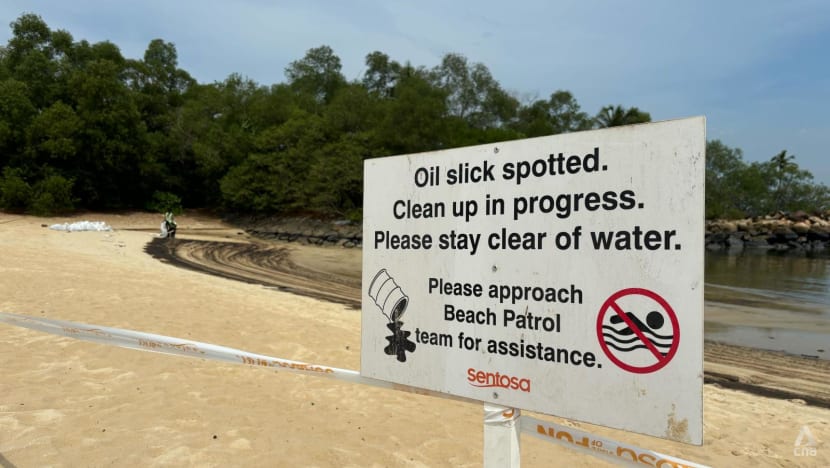
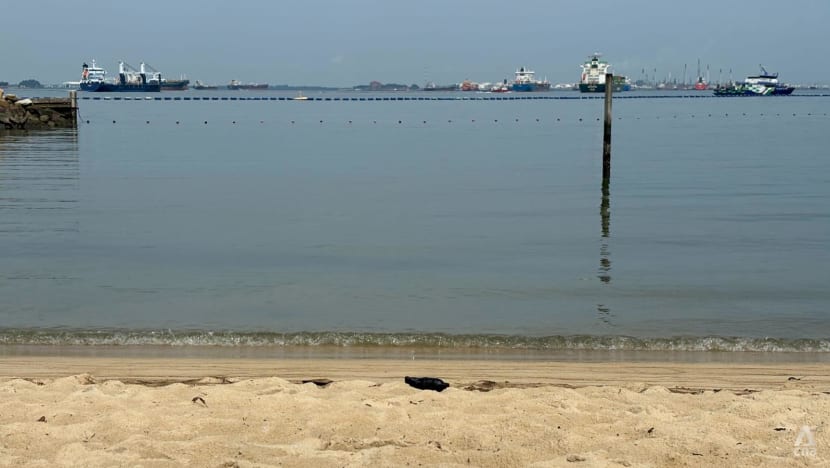
A cordon was up at the shoreline of Tanjong Beach, but that did not deter some patrons at Tanjong Beach Club.
Families, including young children, swam in the club’s pool and ate al fresco, with some also running on the sandy beach.
A father of two, who only wanted to be known as Ivan, brought his young children to the beach for a kickabout.
He said that his family was in Sentosa on a staycation, and that he was not worried as long as they stayed out of the water.
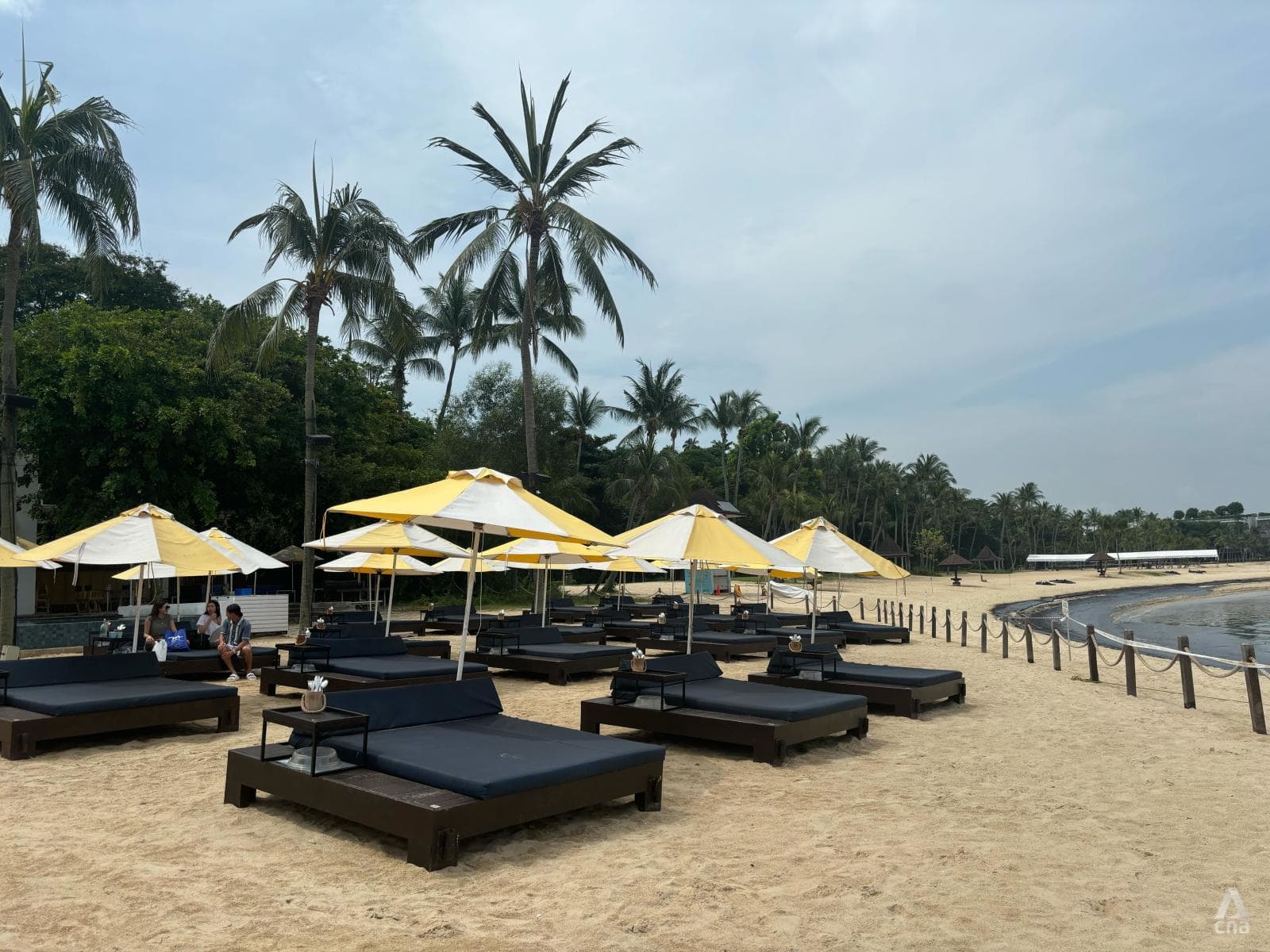
Farther west at Palawan Beach, the oil spill covered a noticeably smaller area than on Tanjong Beach.
Domestic workers Alma, Lenny and Irma told CNA they had worn their swimsuits, hoping to swim in the sea on their day off, and were “a little disappointed” that they were not able to.
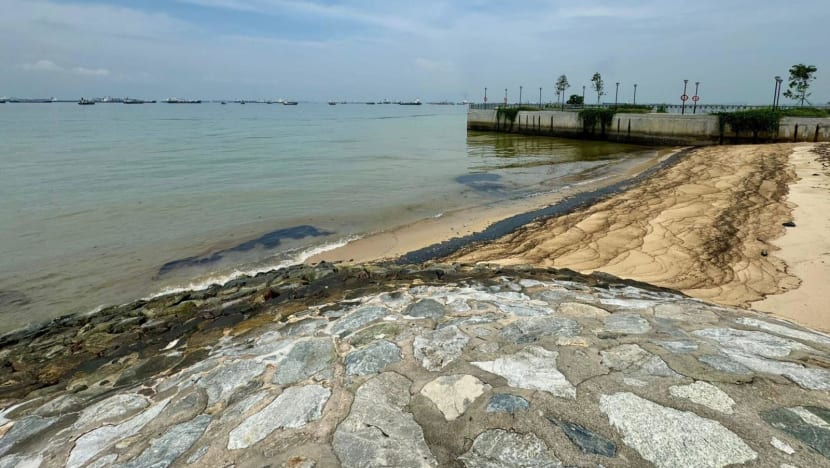
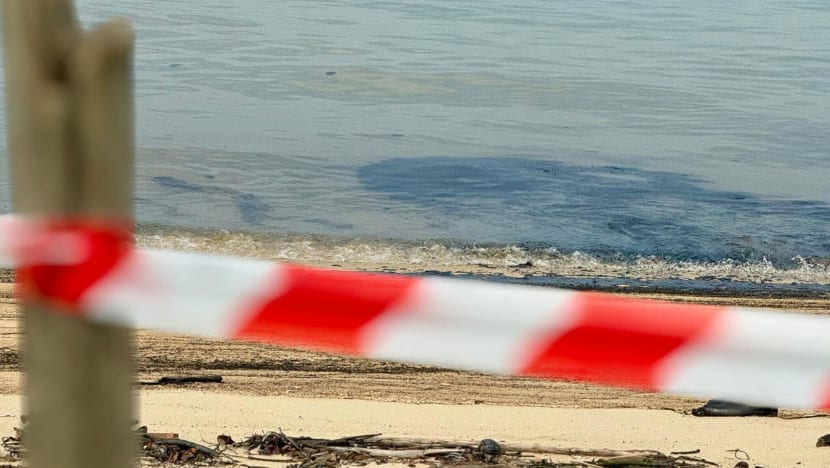
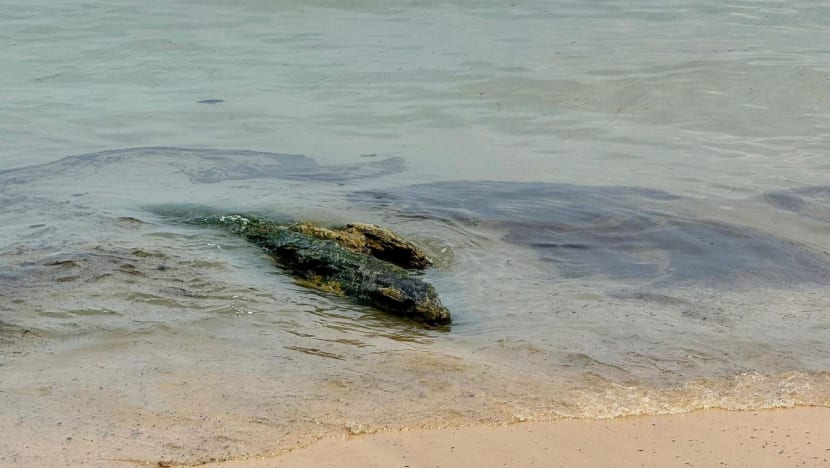
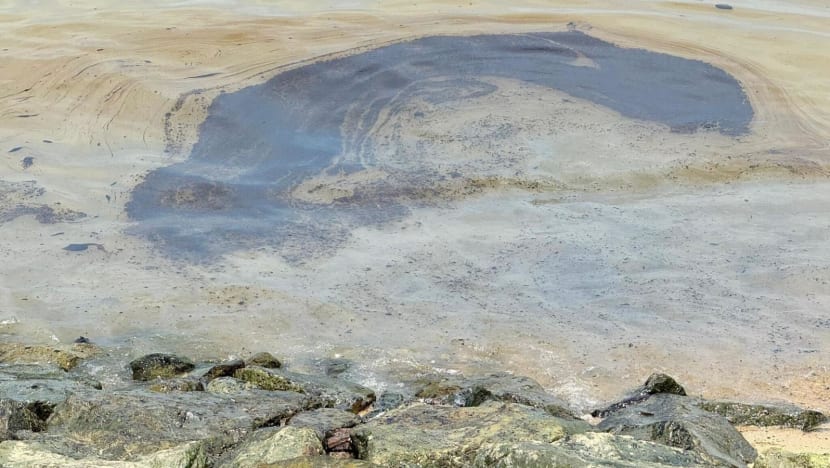
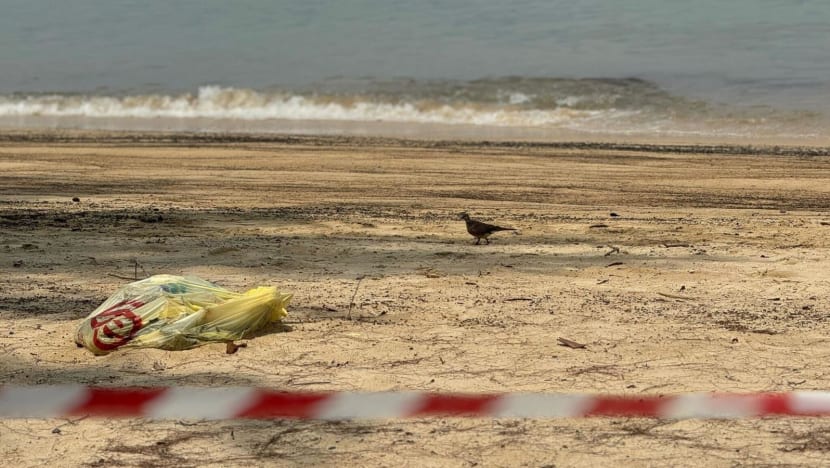
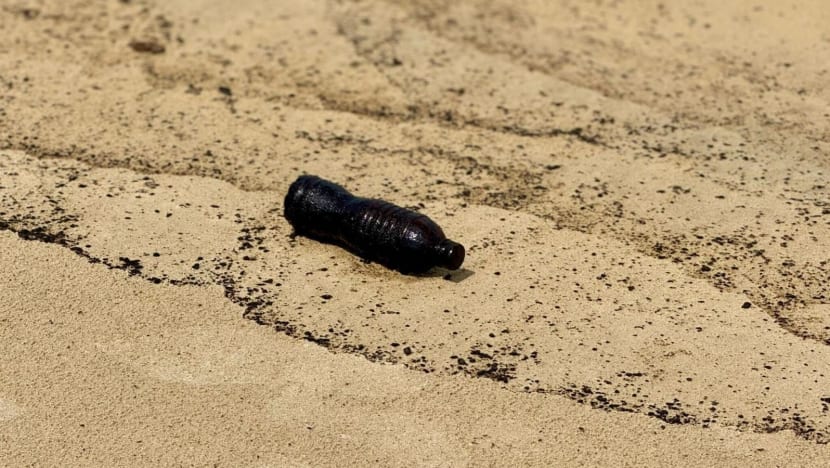
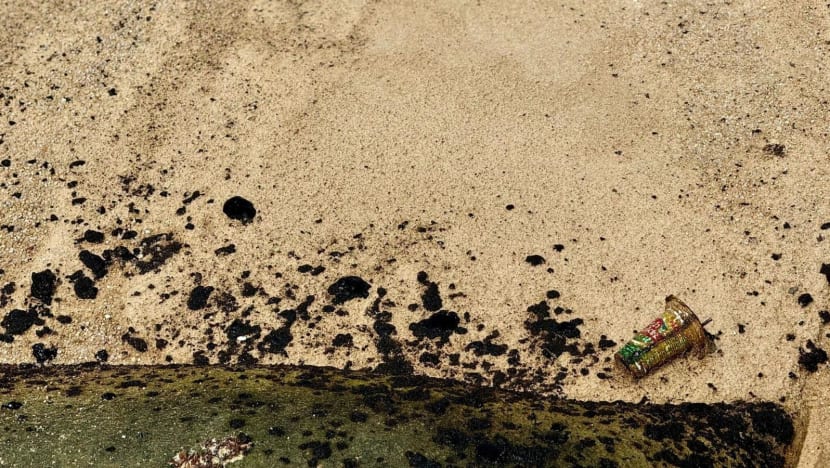
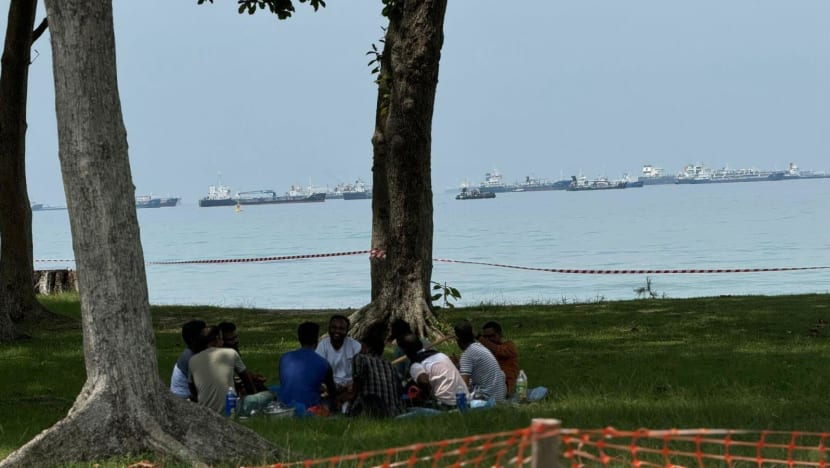
At East Coast Park, the beachfront from areas B to H has been closed to facilitate clean-up efforts.
At area B on Sunday afternoon, teams of workers removed oil-covered sand from the beach using petroleum sorbent pads as well as shovels.
Beachgoers were scattered around the grassy patches behind the shoreline as the stench of petrochemicals wafted in on the sea breeze.
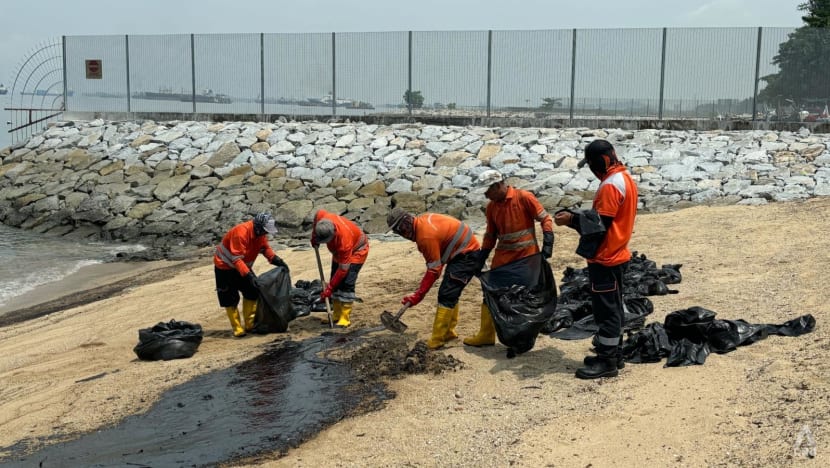
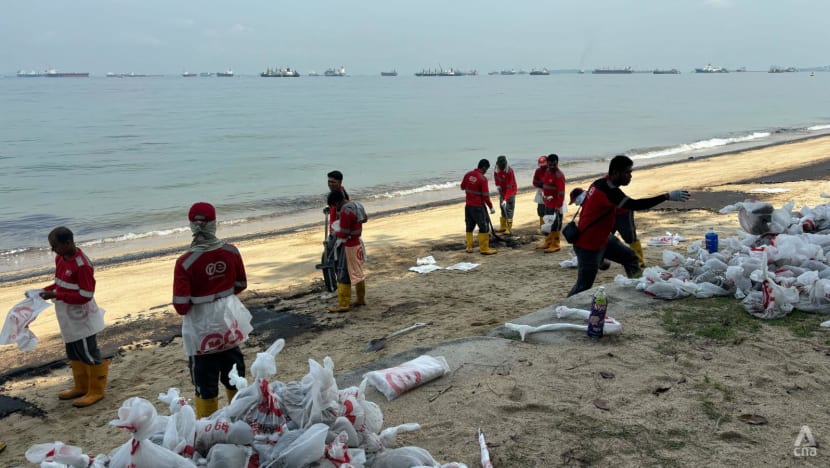
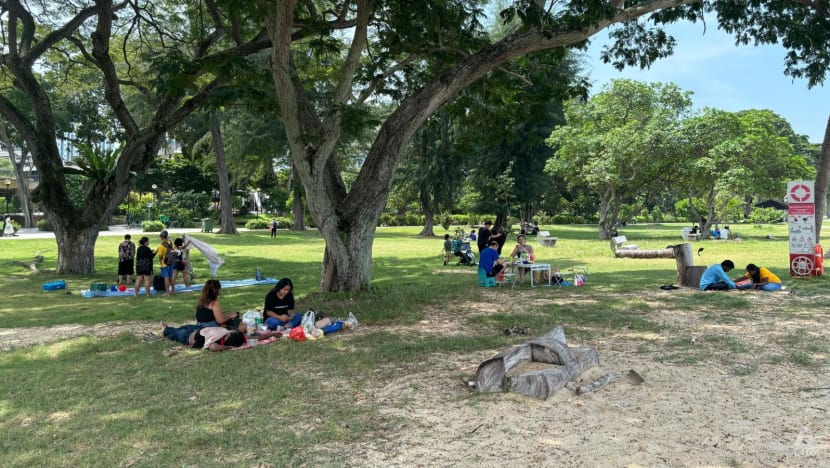
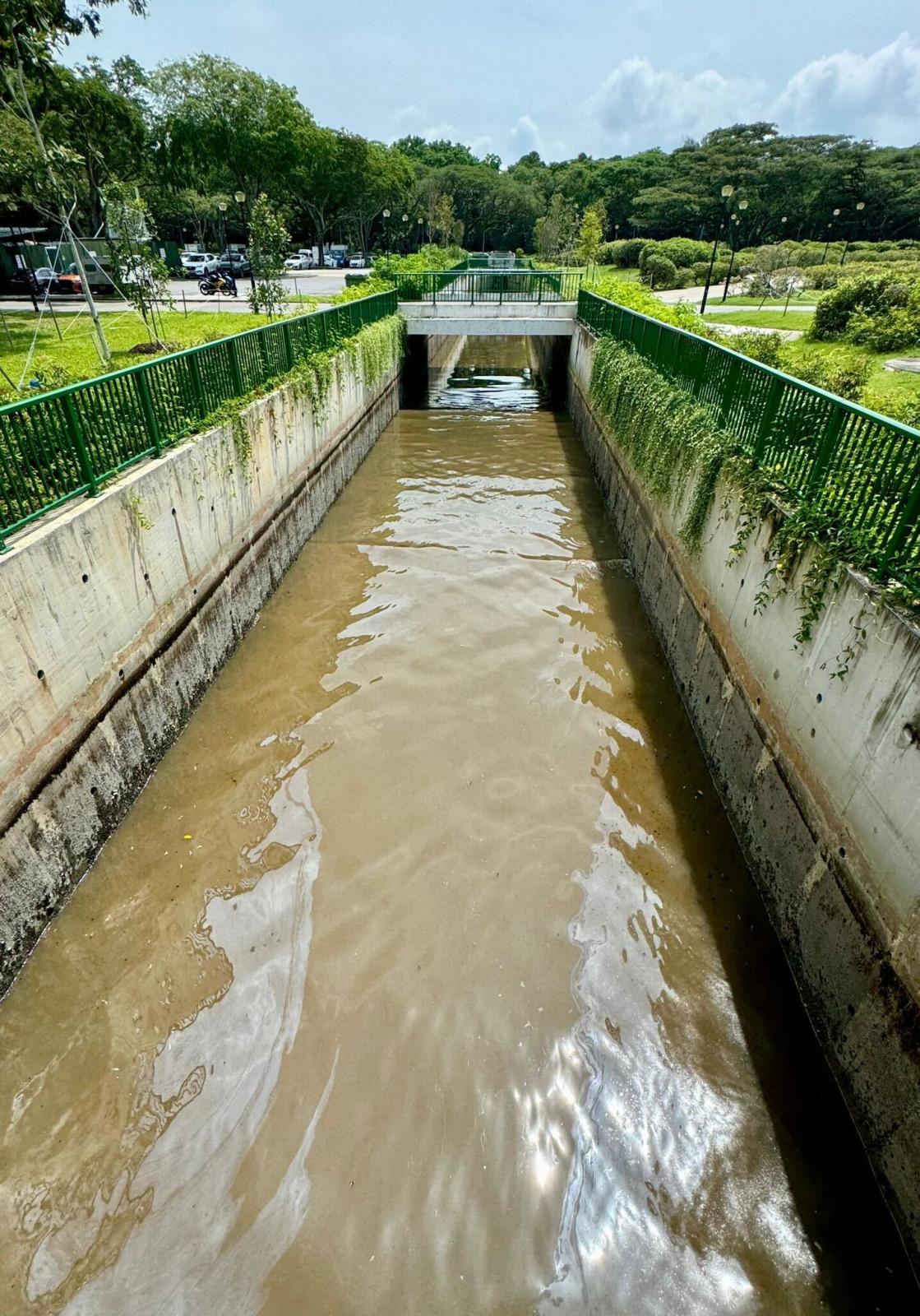
At West Coast Park, no oil slick can be seen at the promenade and no oil sheen was spotted in the waters, said Member of Parliament (MP) for West Coast GRC Desmond Lee.
Containment measures have been stepped up, such as deploying more booms at the canals to protect the mangroves and Sungei Pandan Kechil.
"We have activated some volunteers ... To help monitor the situation to provide early alert of any oil slick, as well as with info sharing and to report any affected wildlife," said Mr Lee, who is also National Development Minister.
Although the promenade at Labrador Nature Reserve has been reopened to public, access to the shore and jetty remain closed.
Mr Lee said oil slicks can be seen on the shore and rock bunds, as well as oil sheen on the water, including Berlayer Creek. The smell of oil has diminished.
"Cleaning operations are being carried out sensitively, and containment measures such as booms have been deployed to protect sensitive biodiversity areas," he added.
Eighteen response craft and close to 1,500m of container booms have been deployed to prevent any further spread of the oil and facilitate the clean-up, authorities said on Saturday.

















